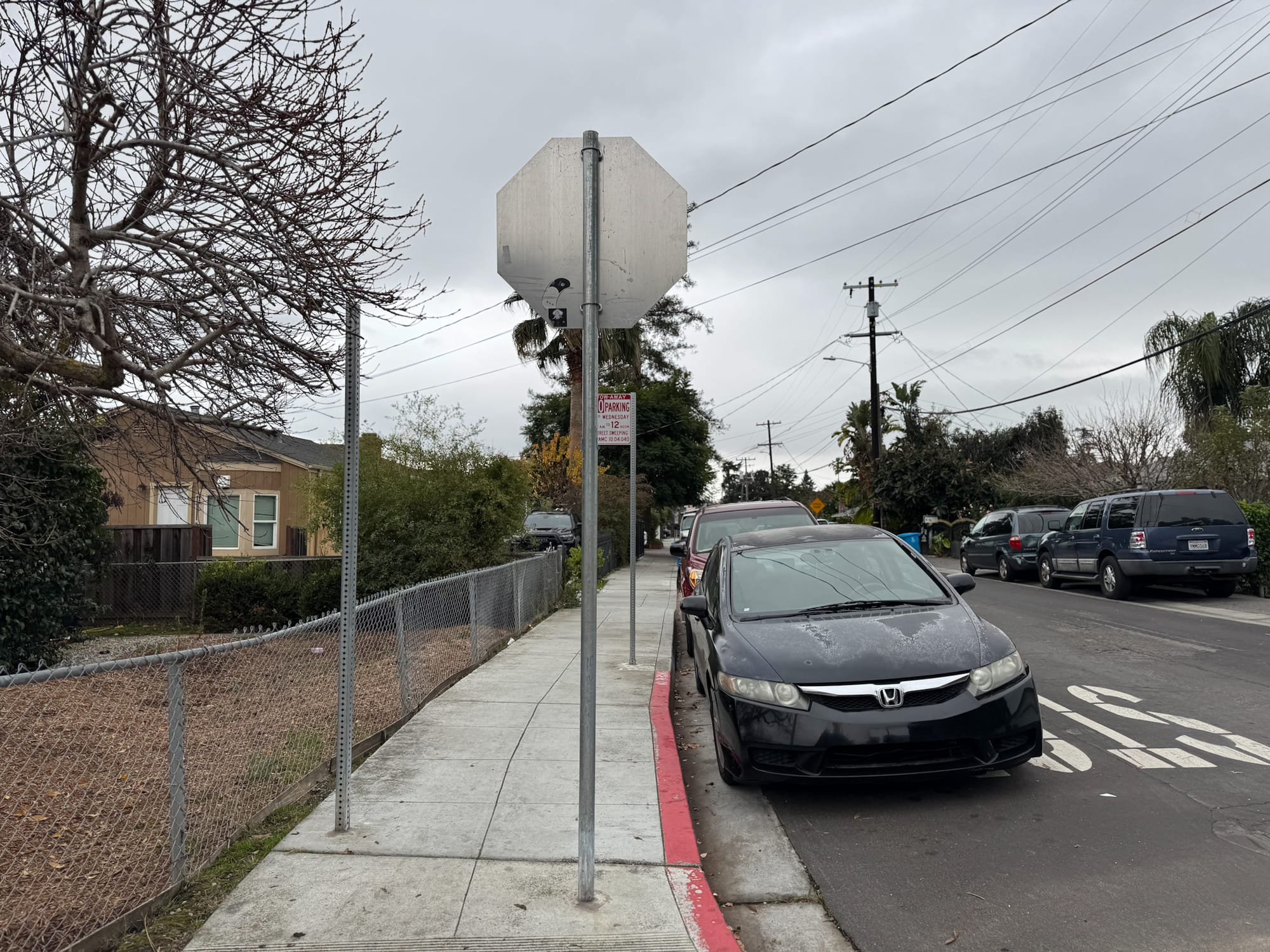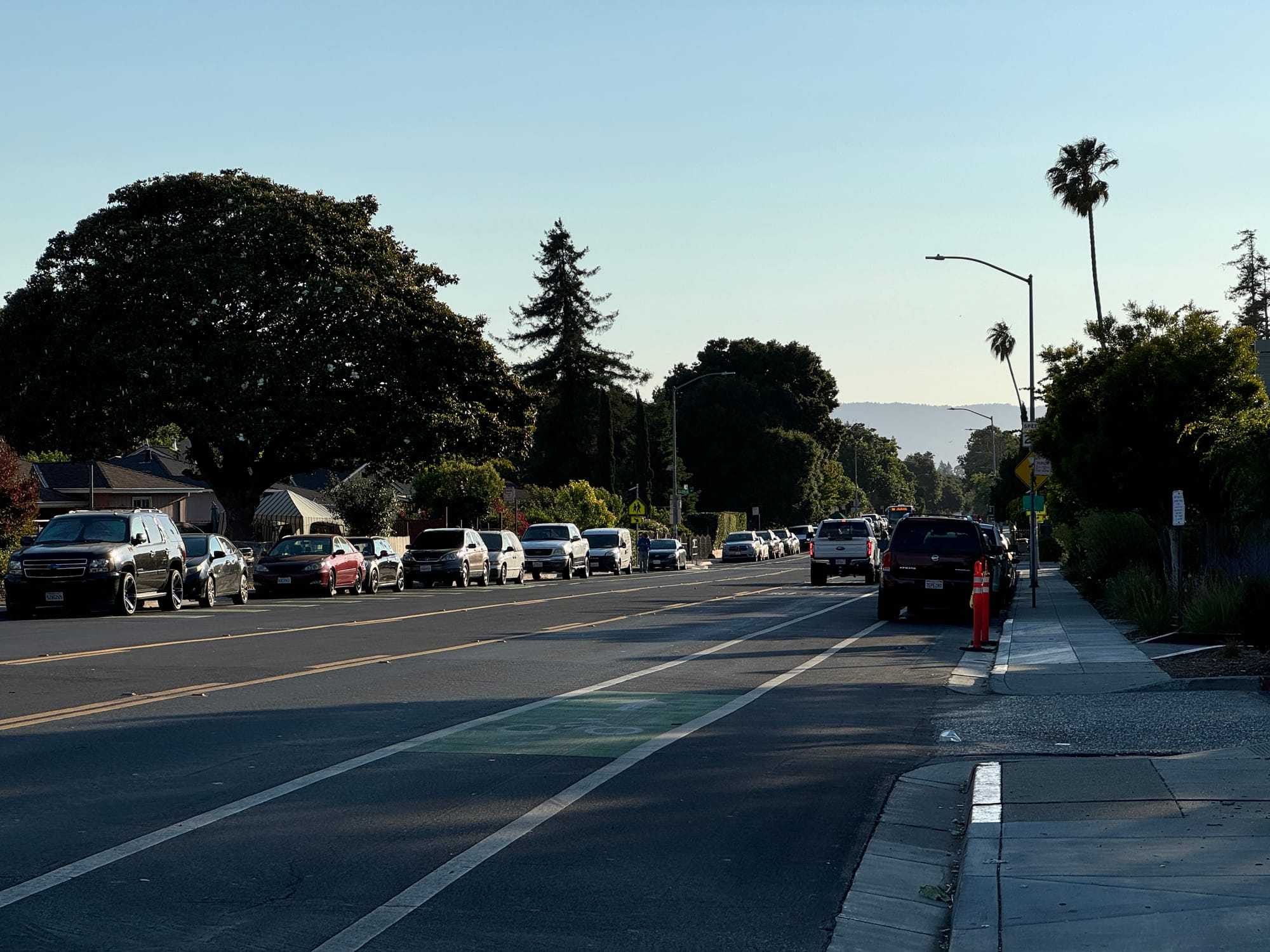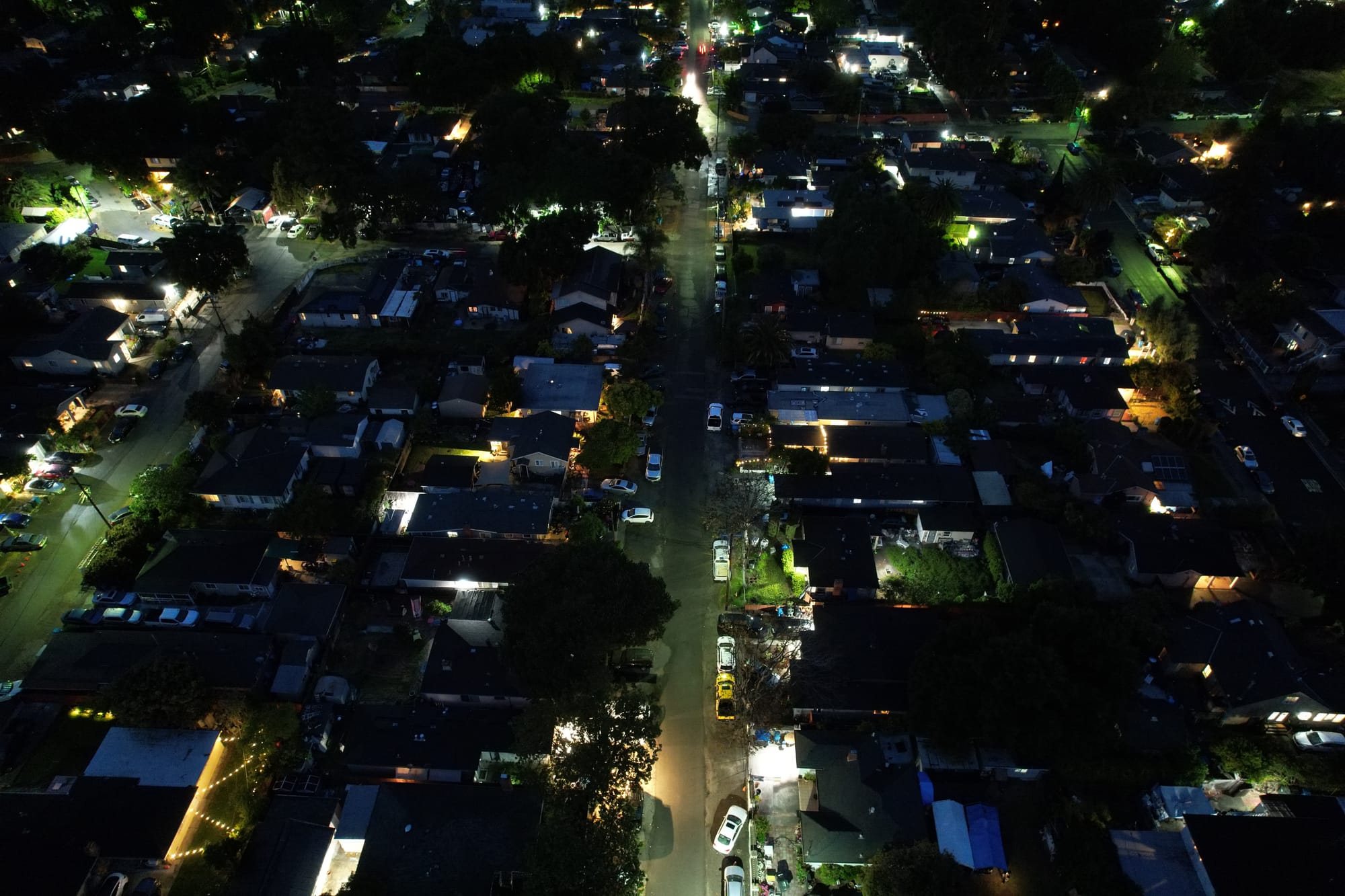We are at an inflection point in East Palo Alto. The decisions we make as a community today will determine whether our city can continue to build housing, support small businesses, and enhance quality of life in a way that balances the needs of all residents. Reforming the way we approach parking is central to achieving these goals.
The current free-for-all approach to parking comes with significant costs: long searches for spots near our homes, tensions with neighbors over limited street parking, residents storing broken-down cars in driveways, commercial vehicles parked on residential streets, and illegally parked cars blocking sidewalks that children use to walk safely to school. I have personally witnessed heated confrontations over scarce street parking, which run counter to the inclusive, neighborly spirit that East Palo Alto prides itself on.
However, It's not just neighborhood cohesion at stake. Looking ahead, our city has ambitious plans to provide more housing, amenities, and improved infrastructure. A new approach to parking can help us address two key challenges as we grow: relieving the overcrowding of vehicles that harms neighborhood quality of life and creating clear guidelines to manage the expected increase in cars and traffic that will come with economic development and new housing opportunities.

Progress requires bold leadership. Community input and government outreach are essential parts of the civic process. Ultimately, however, it is the responsibility of our elected officials to weigh the costs of action versus inaction and lead our city toward a prosperous future for all residents.
Enacting the Residential Permit Parking Program (RPP) is a critical first step in addressing East Palo Alto’s parking problems. The RPP would allow city officials to implement common-sense reforms to our parking rules in certain city zones, such as limiting overnight street parking to East Palo Alto residents. Charging a modest fee per permit can also incentivize those who hoard excess vehicles to dispose of the ones they don’t use.
Importantly, a major potential burden on residents was lifted at the city council meeting on March 18, 2025, when city council struck a stipulation that would have required residents to volunteer countless hours collecting signatures as a prerequisite for including their neighborhoods in the permit parking zone. It is not fair to place the burden of reform on hard-working, busy residents when we elect leaders precisely to take responsibility for enacting needed policy changes.
In addition, whether a neighborhood is included in a parking permit zone should be determined by a data-driven approach—specifically, the ratio of occupied parking spaces to available ones. The draft RPP ordinance proposes that a neighborhood must have 75% or more of all available parking spaces occupied by vehicles to qualify for inclusion. This provision would exempt areas without overcrowding issues from being affected by the new rules.

Of course, passing the RPP is only one step toward solving our city’s parking challenges. Enforcement is key—and East Palo Alto has a poor track record when it comes to enforcing existing laws, including those related to parking. This lack of enforcement is a major reason the situation has become so dire.
For parking reform to succeed, the city must commit sufficient resources to ensure that rules are enforced consistently. The East Palo Alto Police Department currently employs three Community Service Officers who respond to reported parking violations (we discussed this at a public meeting of the Public Works and Transportation Commission). However, increased proactive enforcement—such as contracting third-party services—is essential for impact to be felt on the ground.
Passing the Residential Permit Parking Program is a vital first step toward a more livable East Palo Alto, and with consistent enforcement, it will lay the foundation for a city that provides greater opportunity and an improved quality of life for all residents.
